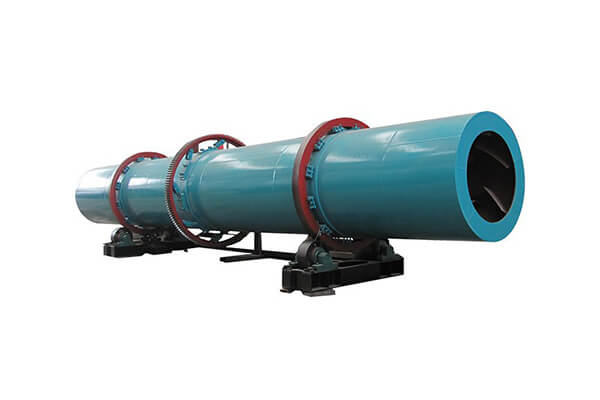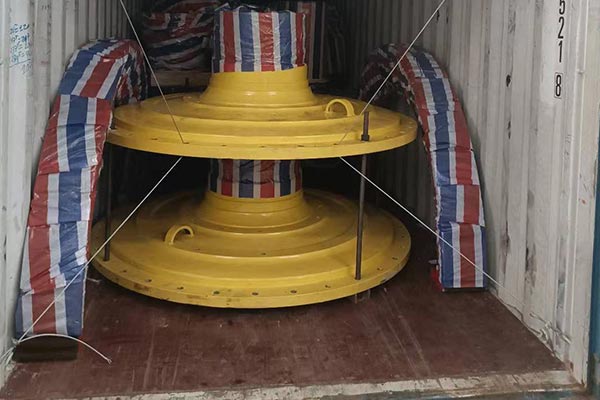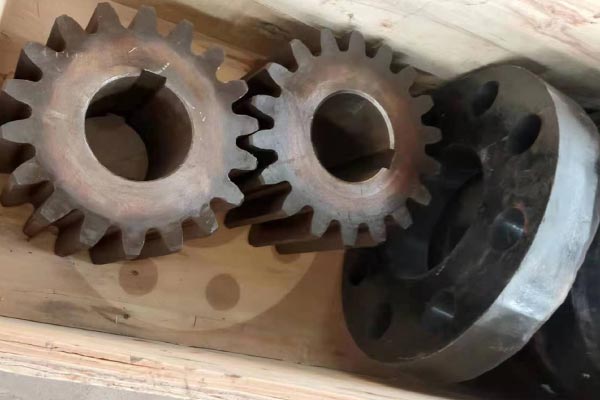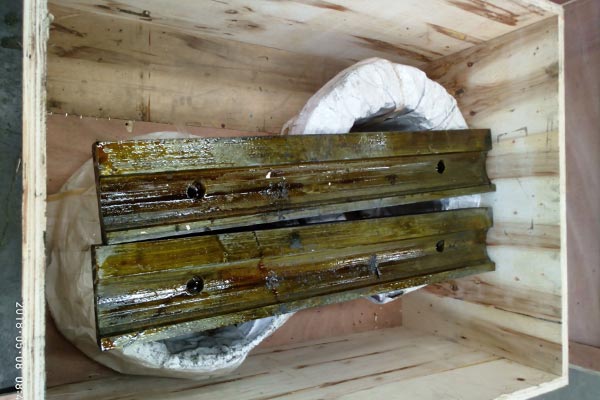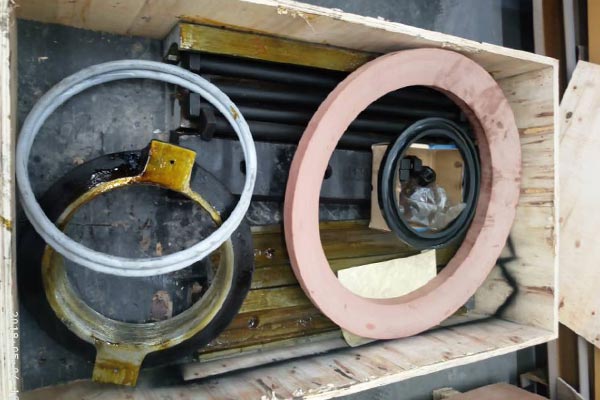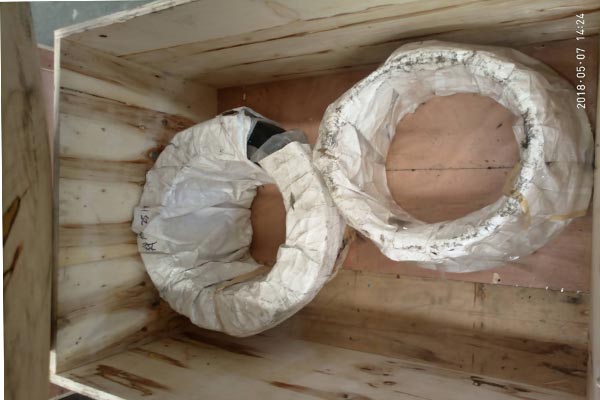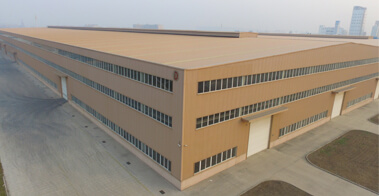OVERVIEW
The rotary dryer, also known as a rotary drum dryer, is widely used in the building materials, metallurgy, chemical, and cement industries for drying materials such as slag, limestone, coal powder and clay. The rotary dryer is primarily composed of a rotating drum, lifting blades, a transmission device, support equipment, and sealing components. It offers advantages such as a reasonable structure, well-crafted design, high production output, low energy consumption, and ease of operation.
ADVANTAGES
High efficiency: Rotary dryers have a carefully calculated ratio of length and diameter, ensuring the ideal retention time for materials inside the dryer. This helps achieve a satisfactory drying effect. Additionally, the designed angle of the lifting plates increases the thermal contact area without damaging the materials, improving heat exchange efficiency. Efficient radiator, and with a reasonable lead air duct, so that the hot air can direct contact with materials, greatly improving the drying efficiency and saving energy.
Strong adaptability: Rotary dryers are simple in structure and can be designed to meet the drying requirements of various materials. The ratio of length and diameter can be adjusted to accommodate different material characteristics. This adaptability extends to the site requirements as well, allowing for customization based on available space.
Versatile heat sources and fuels: Rotary dryers offer the flexibility to choose the most suitable heat source and fuel based on factors such as cost and environmental considerations. The dryers can be heated by burning HFO, LFO, NG, CNG, LNG, LPG, wood, husk directly or flue gas, steam, or other sources indirectly.
Easy maintenance and operation: Rotary dryers are designed for easy maintenance, ensuring smooth and hassle-free operation. The operation of the dryers is simple and user-friendly, making it convenient for factory personnel to operate and maintain the equipment. The roller of rotary dryer machine is made of light plate's stainless steel which has excellent heat resistance, the inner-wall smooth, can reduce the materials' wear and tear.
WORKING PRINCIPLE
After wet materials are introduced into the dryer, they are uniformly distributed and dispersed within the drum under the action of the evenly spaced lifting blades. The materials come into full contact with co-current (or counter-current) hot air, which accelerates heat and mass transfer for drying. During the drying process, the materials are controllably moved to the other end of the dryer, where they are discharged through a star-shaped discharge valve.
Wet material is transported by a belt conveyor or a bucket elevator to a hopper, and then it is fed into the feed end through a feeding machine and a feeding pipeline. The slope of the feeding pipeline needs to be greater than the natural angle of the material to ensure smooth material flow into the rotary dryer. The dryer's drum is a rotating cylinder slightly inclined to the horizontal line. Materials are introduced from the higher end, and the heat-carrying medium enters from the lower end, making counter-current contact with the material. The heat-carrying medium and material may also flow into the cylinder together.
As the drum rotates, the materials are moved to the lower end under the influence of gravity. During the movement of wet materials within the drum, they receive heat directly or indirectly from the heat-carrying medium, which facilitates drying. Then, at the discharge end, they are conveyed out through a belt conveyor or a screw conveyor.
Inside the rotary dryer's drum, there are lifting boards that scoop up and drop the materials, increasing the contact surface between the materials and the airflow to enhance drying rates and promote material movement. The heat-carrying medium is typically hot air or flue gas. After passing through the dryer, the heat-carrying medium often requires a cyclone dust collector to capture any entrained material. If further reduction in the dust content of the exhaust gas is necessary, it should go through a bag filter or a wet scrubber before being discharged.


